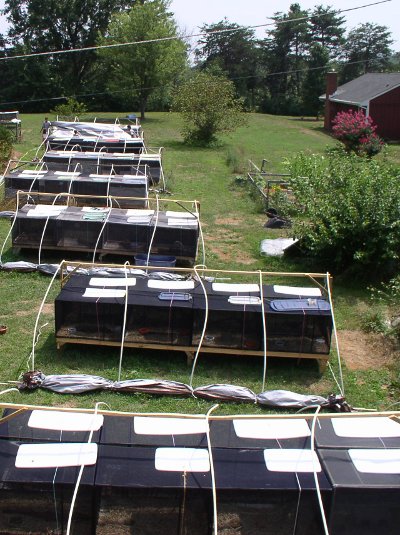Dgood
Established Member
So I have an extra 55 gal. Long aquairium with a nice wooden stand just sitting empty and unused. I know a 55 gal long would be to narrow once he is an adult and would need a wider one, but would this be an alright enclosure for a juvenile beardie for a while? Also could anyone recommend me to a good website where I can lots of info about husbandry and such. If anyone reading this owns a beardie what do you use for substrate? And a beardie should be able to eat pretty much everything my Chams can eat correct? Like crickets roaches super horn silk and calci worms? Any input would be great thanks in advance!!!!!


